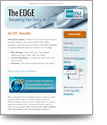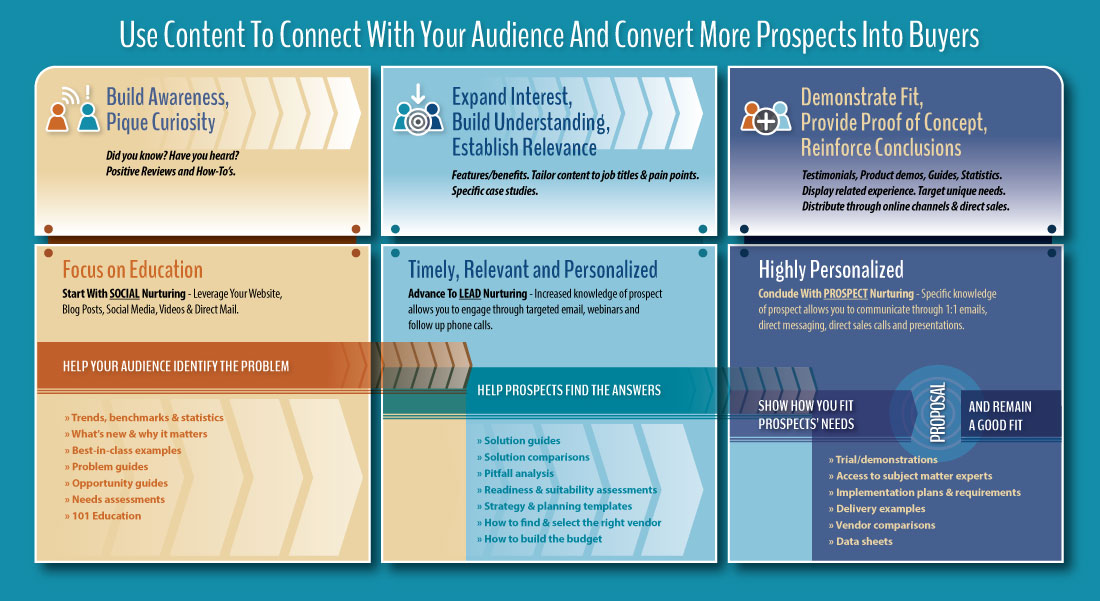Get The Most Out Of Analytics Using Four Simple Steps

With a host of free analytics applications available at your fingertips, it’s easy to arm your website with measurement tools that help you connect with your audience. But does free mean we don’t take it seriously?
For an Analytics Tool, Free Does Not Mean Inferior
The maxim, you get what you pay for, is often true. Yet, I wonder if free is the reason that many businesses don’t utilize the data to continuously improve their websites.
Data is the new frontier. Companies are flush with data but they aren’t flush with defined steps needed to act upon it. A survey of over 1000 business to business organizations found that although more than 80% had installed an analytics application on their website, only 52% actively used the information to improve their site.
Commissioning high level reports and reviewing them regularly doesn’t constitute active involvement and continuous improvement. There is far more to gain than just site traffic and page view data. Look deeper into analytics for clues that will guide advancement.
- Start by locking down a time to review analytics. Like exercising, the well intended, “I’ll start a regimen soon,” often turns into a program that never occurs. Similarly, a cursory view of the data won’t result in meaningful change. For a B2B site, schedule time for a critical evaluation each month. If you have an e-commerce offering or if you are making major revisions to your site, make it more frequent.
- Get on the same page with your web team or agency. Very few marketing operations have the technical aptitude to support an analytics tool. Make sure you engage an expert to help you get the most out of the capability. Plus, actively reviewing analytics will spawn site revisions. Set up a process to ensure you can facilitate these inevitable changes.
- Determine the important attributes to measure. A conversion funnel will help you determine how effectively your audience progresses to your ultimate conversion, like filling out a contact us form or submitting an order. A flow report is similar but provides data on additional dimensions. It helps you spot problems, like excessive abandonment at a specific page or backtracking, which might indicate that information isn’t clear. SEO reports identify the keywords that lead users to your site and the page they land on when using those terms. A/B Testing compares two variables on a page and determines which one provides the best outcome. Different colors, graphics and buttons can have a profound impact on user behavior which can vary wildly from site to site. This tool helps you uncover what works best.
- Resolve to take action from the data. The great thing about analytics is it allows you to make your site a canvas for continuous testing and improvement. As you delve into the data you’ll spot opportunities to improve your site. Form hypotheses and translate them into potential revisions. You may be wrong about certain assumptions so be thoughtful, but make changes!





 Insight Delivered Directly to You Interesting topics, great offers and free marketing tools.
Insight Delivered Directly to You Interesting topics, great offers and free marketing tools.

